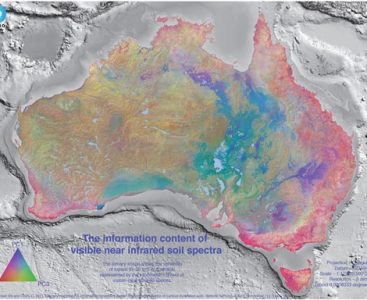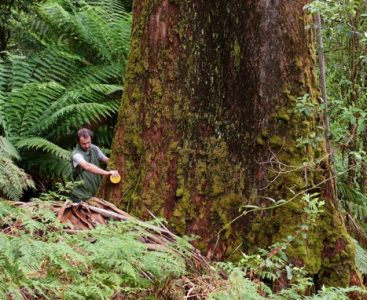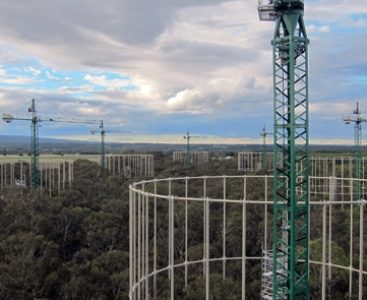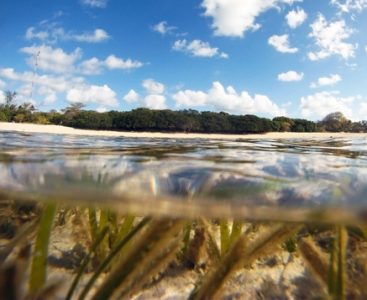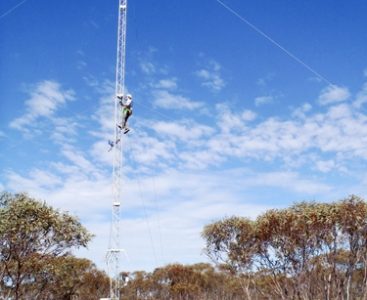News
Working together to improve land-management outcomes
August 1, 2012
Uncategorized
A number of TERN environment monitoring facilities are building research partnerships with the Australian Bureau of Agricultural and Resource Economics and Sciences (ABARES), a research ...
Find out more
Evolution of Australia’s soil-carbon map
July 1, 2012
Uncategorized
Soil variation across Australia as measured by near-infra red spectra (NIR) – an example of the TERN underpinnings for the new soil-carbon map. NIR is one of a ...
Find out more
Standardising long-term monitoring of environmental carbon
July 1, 2012
Uncategorized
Lachie McBurney measures the diameter of an old-growth mountain ash in the Victorian Tall Eucalypt Forest Plot Network [Photo courtesy of David Blair] As we move ...
Find out more
Experiment will show how forest responds to more carbon dioxide
July 1, 2012
Uncategorized
A view over the forest canopy showing the cranes and partly built carbon-dioxide arrays where the experiment will take place Regardless of whether you think human ...
Find out more
Working out how much carbon can be stored in the landscape
July 1, 2012
Uncategorized
It makes sense for an industrialised country, with a relatively small population, a high annual rate of carbon dioxide emissions per person, and a very ...
Find out more
Study focuses on movement of carbon in estuaries
July 1, 2012
Uncategorized
Coastal ecosystems are likely to be significant carbon sinks for Australia. We’re starting to come to grips with carbon dynamics on land, but what’s happening ...
Find out more
Big questions need big solutions: Australia’s carbon cycle
July 1, 2012
Uncategorized
At work at the OzFlux tower at the Chowilla site in South Australia …one of 23 flux towers around Australia and New Zealand Unprecedented opportunities ...
Find out more
Detecting forest structure from space
July 1, 2012
Uncategorized
Australia’s sheer size poses challenges for those conducting ecosystem monitoring programs – it is simply not feasible to have teams of people on the ground ...
Find out more
Savanna supersite to explain relationship between fire and carbon
July 1, 2012
Uncategorized
Beautiful Litchfield National Park is being developed as a new site in the Australian Supersite Network. The Litchfield Savanna Supersite (LSS) represents high rainfall tropical ...
Find out more
Will the carbon economy be good for biodiversity?
July 1, 2012
Uncategorized
Many countries have already adopted a range of social and economic mechanisms and incentives to reduce greenhouse-gas emissions or improve carbon sequestration, and thereby reduce ...
Find out more
Subscribe to TERN News
Project updates, data releases, research findings, and users stories direct to your inbox.


